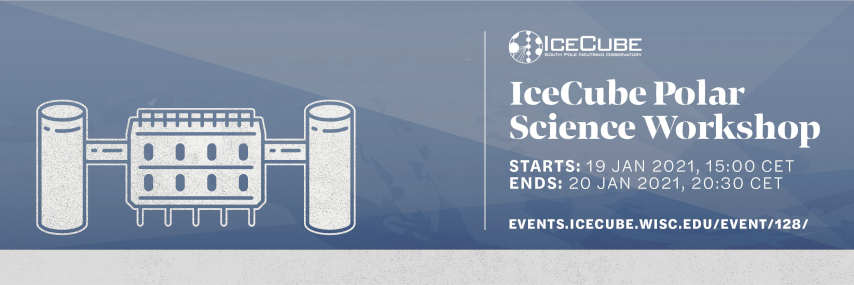Speakers
Description
The South Pole is at least 180 km from an ice-flow divide. Thus, the annual-equivalent layer thicknesses in the area are affected by spatial variations in accumulation upstream in addition to temporal variations in regional accumulation. We use a new method to compare the accumulation record from the South Pole Ice Core (SPICEcore), derived by correcting measured layer thicknesses for thinning, with an accumulation record derived from new GPS and radar measurements upstream. When ice speeds are modeled as increasing by 15% since 10 ka, the upstream accumulation explains 77% of the variance in the SPICEcore-derived accumulation (versus 22% without speedup). This result demonstrates that the ice-flow direction and spatial pattern of accumulation were stable throughout the Holocene. The 15% speedup in turn suggests a slight (3–4%) steepening or thickening of the ice-sheet interior and provides a new constraint on the evolution of the East Antarctic Ice Sheet following the glacial termination.
We also report briefly on other results from our studies of conditions upstream of South Pole, which included assessing ice-dynamic effects upon the climate record in SPICEcore and measurements of firn compaction.

